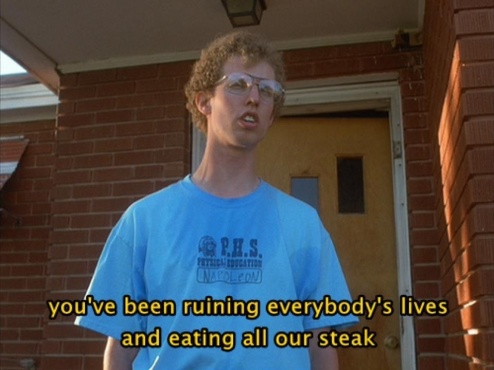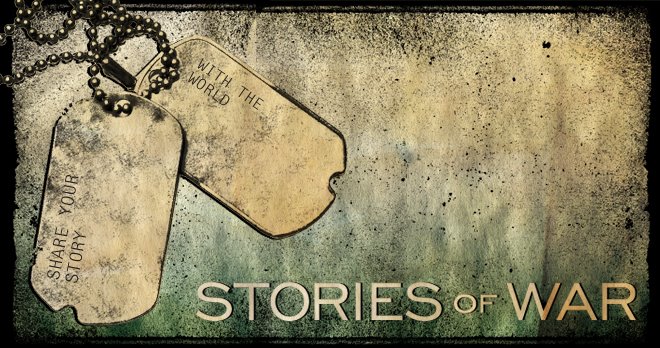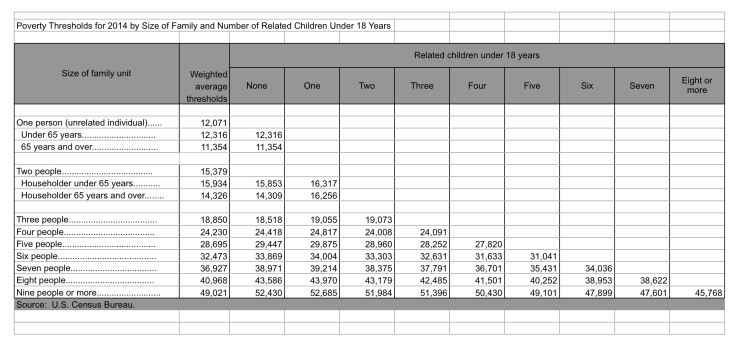1. There is Difficulty Naming the Population
![]()
The categories used to describe stages of life used to be “childhood, young adulthood, middle age, and old age” (as cited in Kaufman & Tang, 2008, p.261). Because the average human life span has increased over has increased in recent years, it has begun to be difficult to name the gerontological population. In order to better describe people’s age the U.S. Census Bureau has created new categories: “older to describe individuals age 55 and older, elderly for those 65 and older, aged for those 75 and older, and very old for those 85 and older” (as cited in Kaufman & Tang, 2008, p.261).
2. Old Age Does Not Fit The Stereotypes
Many people look down upon old age and the idea of aging. Although there are some negative parts of aging, like declining physical and mental health, there are positives too, like increased knowledge and life experience. Many older people enjoy life more at this age because they “often have more freedom to pursue activities that increase life satisfaction” (as cited in Kaufman & Tang, 2008, p.262).
3. Older Population is the Fastest Growing

Due to the baby boom generation, the number of people 65+ years of age is the fastest growing population. Within this older population, the fastest sub-population is people over the age of 85. The population of people over the age of 65 has tripled since 1900, today 12% of the US population is over 65 years old, that is about 36 million people. (as cited in Kaufman & Tang, 2008, p.266).
The US Census Bureau estimates that by the year 2030, 20% of the population, about 70 million people, will be over the age of 65, and that about 9 million of them will be over the age of 85 (as cited in Kaufman & Tang, 2008, p.266).
4. There are Gender Differences

Women, typically, live longer than men. For every 100 women over the age of 65, there are 70 men. For every 100 women over the age of 85, there are only 41 men. Since men typically die younger, 43% of women over the age of 65 are widows. Widowed elderly women typically receive help from family members and/or social workers because they are unable to live on their own (as cited in Kaufman & Tang, 2008, p.268).
5. Social Workers Aid Caregivers

A gerontological social worker does not work exclusively with the elderly patient, many times they need to help the family members who are caring for the elder. Although caring for a family member allows caregivers to express affection and often increases their self-esteem, it can also have negative impacts like, stress, anger, guilt, depression, and sometimes even physical injury. It is the job of the social worker to assist the caregivers anyway they need, from providing psychotherapeutic counseling, to assuming responsibility for the elder so the caregivers can take a break and have some time for themselves (as cited in Kaufman & Tang, 2008, p.279).
Works Cited
Kaufman, A. & Tang, M. (2008). Gerontological Social Work. (D. DiNitto & C. McNeece, Ed.). Chicago, IL: Lyceum Books, Inc.
























































You must be logged in to post a comment.